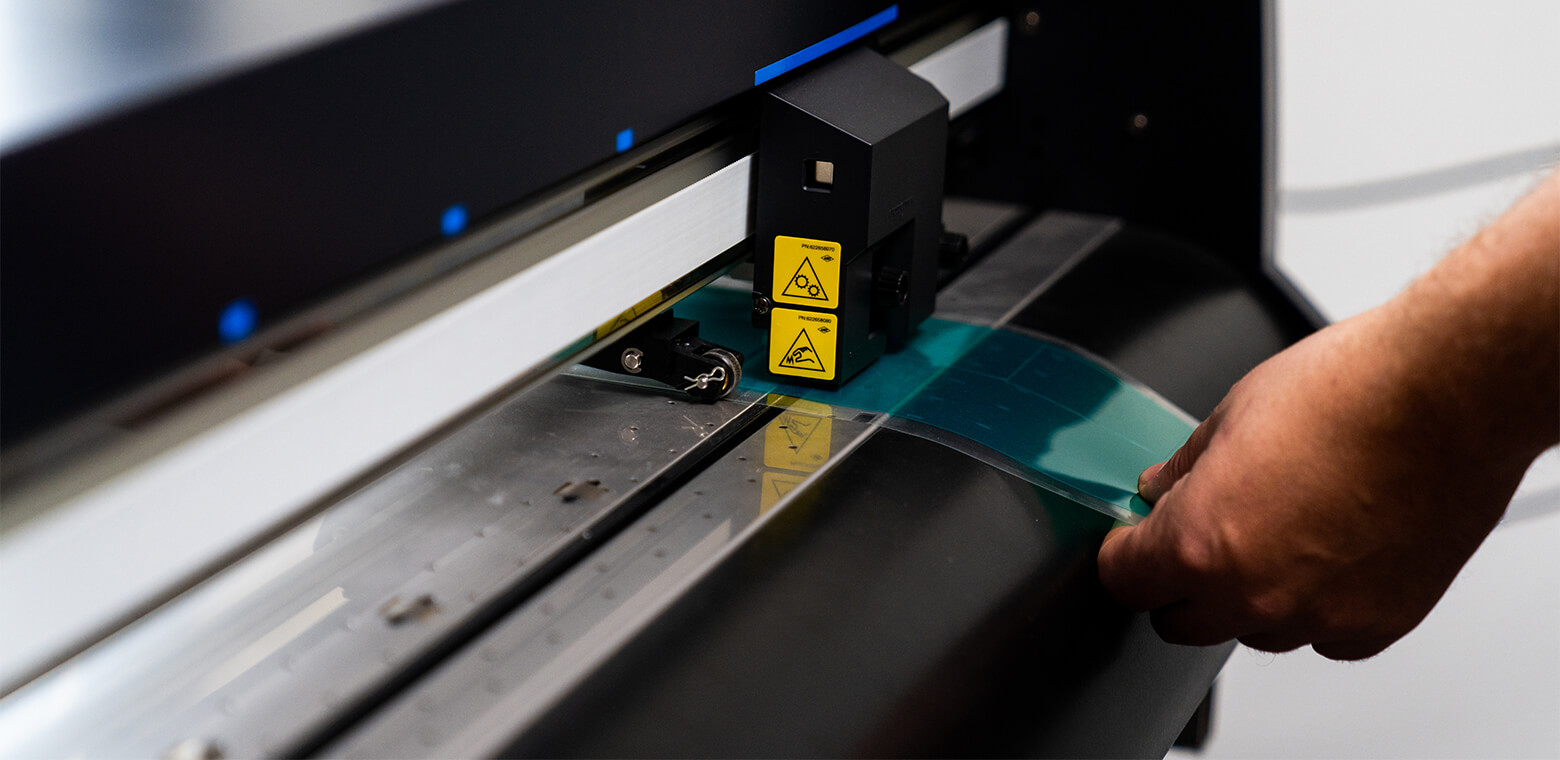With any product that needs to be painted or coated, there will be areas that do not need paint. Those areas must be covered or hidden from the coating. The art of covering or hiding those areas is called masking.
The most familiar form of masking is masking tape – crepe paper with glue on the back can be found in hardware stores worldwide. Masking tape was invented by Richard Gurley Drew in the 1920s when two-colour cars began to become popular. Richard saw how difficult it was to cover one colour when painting the second one and keep a straight line between them. He took on the task of finding a solution, and after a few years, masking tape was born.
Masking tape for painting
The term masking can be used for anything from simply placing a piece of tape over an area to prevent the area from being painted, to covering a complex shape with a custom-made piece of rubber.
For instance, the average homeowner uses masking when painting windows to prevent paint from being applied to the glass when painting the frame. With tape, painting the window is also faster because you do not have to be as careful.
The need for masking on a product may be dictated by the product designer, who wants to ensure that paint lines are sharp and clearly delineate areas of the product. It may also be defined by the function of the product. Sometimes, the painted area may affect the function. For example, when metal-to-metal contact is required, such as where a nut meets the metal surface of the product, paint compression between the nut and the face can mean that the nut is not properly seated, and over time, it may loosen.
Other applications
Masking may be needed to chemically treat specific product parts, for example, where plating improves performance or reduces wear, such as a shaft that should be masked to ensure that the entire shaft is not chemically treated.
There are also more practical reasons for masking, such as for screw holes where paint must be kept out of the holes so that screws can be inserted quickly and easily.
The need for masking is universal, and in some cases, it can be easily accomplished with basic items such as masking tape. However, in many cases, the requirements can be quite complex and precise, leading to the need for well-designed, easily applied, readily available masking solutions.
More about masking
In the next article in this series on masking, some of the masking products available to help people mask their products efficiently and consistently will be discussed.


